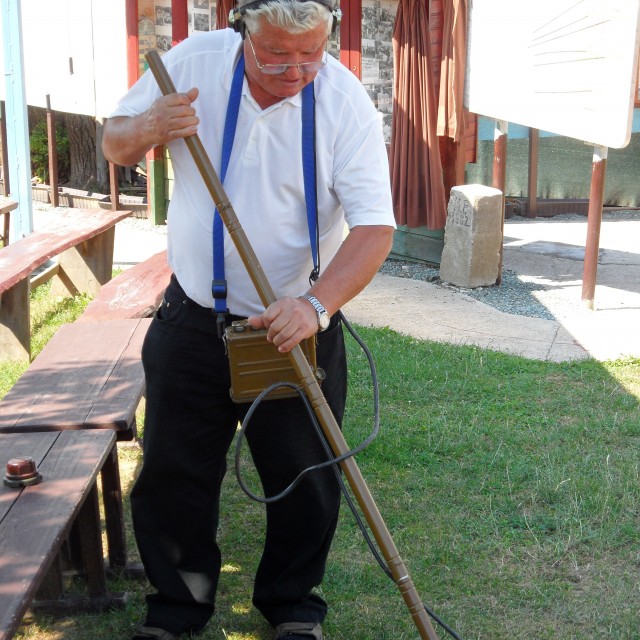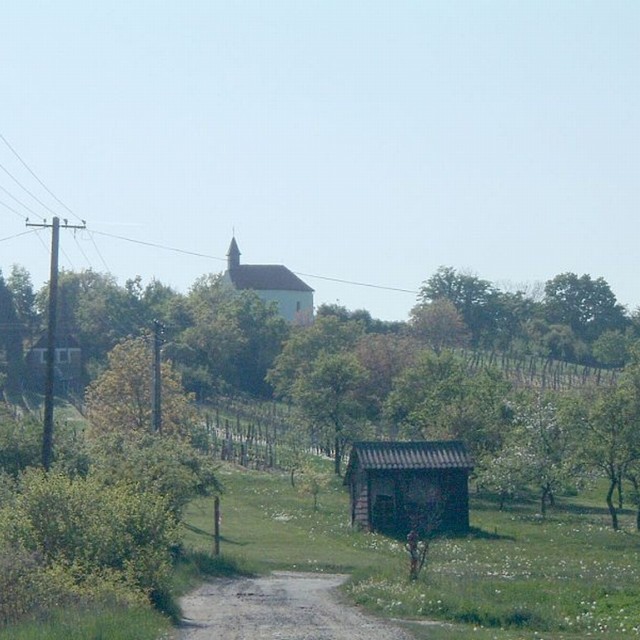The swollen Pinka Stream
"Very few people know why The Soviet Union –under the leadership of rezsnyev- decided to raise the landmines in 1966. The final decision was greatly influenced by the Pinka Stream which got the thing moving in 1965. How did it happen? In 1957 -when the Iron Curtain descended for the second time- the bed of Pinka Stream was mined 50-70 m long from the frontier towards the inside of the country in order to hinder escape. Hungary was submerged by the greatest frozen flood of all time at the end of March 1965. Every river including Pinka overflowed and the landmines were washed out. Pinka Stream leaves Hungary at Pornóapáti and after an 8 km long reach in Austria, comes back at Szentpéterfa. After it returned to its bed, hundreds of landmines were inactivated by the explosives experts in Austria in the Summer of 1965. Unfortunately they couldn’t find all of them, and these mines killed two little girls. The Austrian Government requested the assistance of the United Nations to try to persuade the Soviet Union to raise the mines. The Soviet Union chose to do so in 1965, but the landmines had to be replaced, as the Austrian-Hungarian border couldn’t have functioned without the Iron Curtain. Then came the third period-the electrical signaling system-SZ100."
Hodnocení
Hodnotilo 0 lidí
Routes
Not a part of any route.
Comments
No comments yet.


